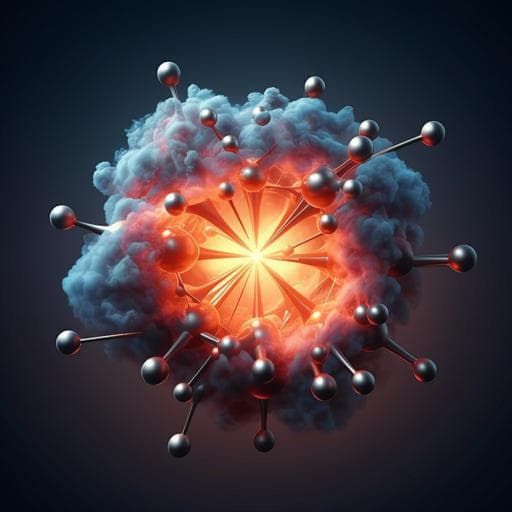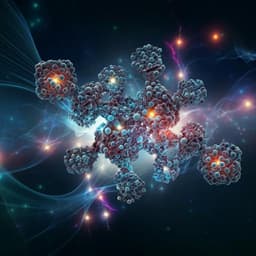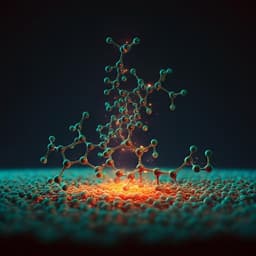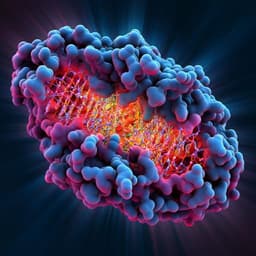
Chemistry
Accelerating the discovery of active and selective CO2RR catalysts using a high-throughput virtual screening strategy
D. H. Mok, H. Lee, et al.
Discover how D. H. Mok, H. Lee, G. Zhang, C. Li, Kun Jiang, and Seoin Back developed a high-throughput virtual screening workflow that utilizes machine learning to identify promising catalysts for CO2 reduction reactions, accelerating the fight against climate change.
~3 min • Beginner • English
Related Publications
Explore these studies to deepen your understanding of the subject.







